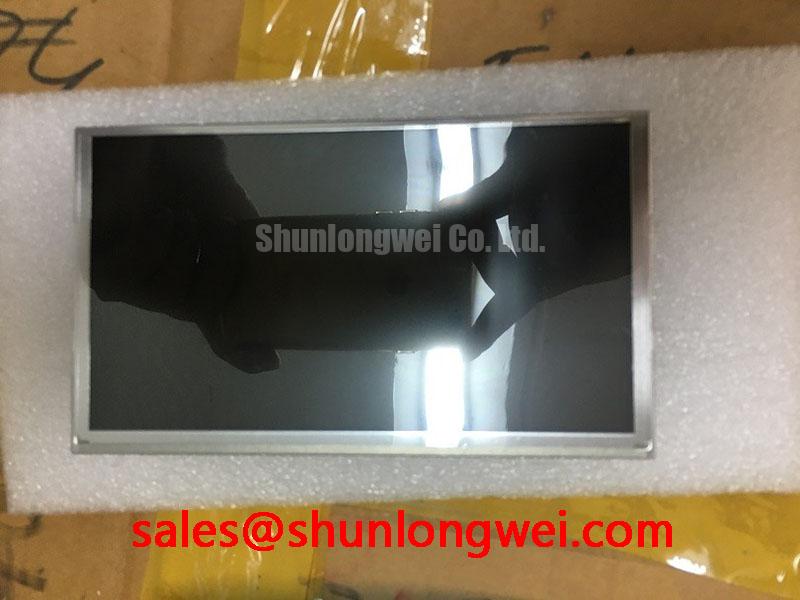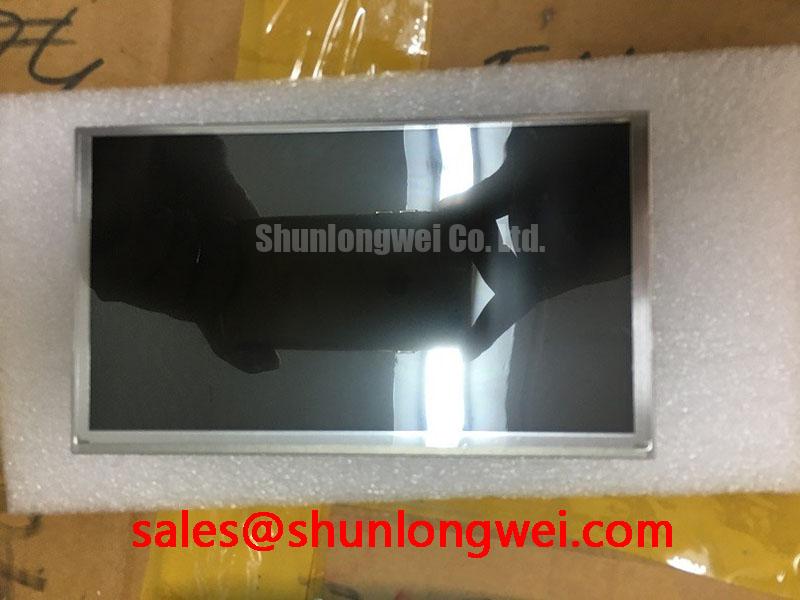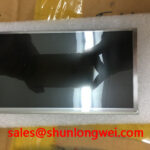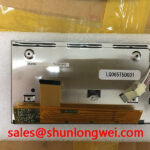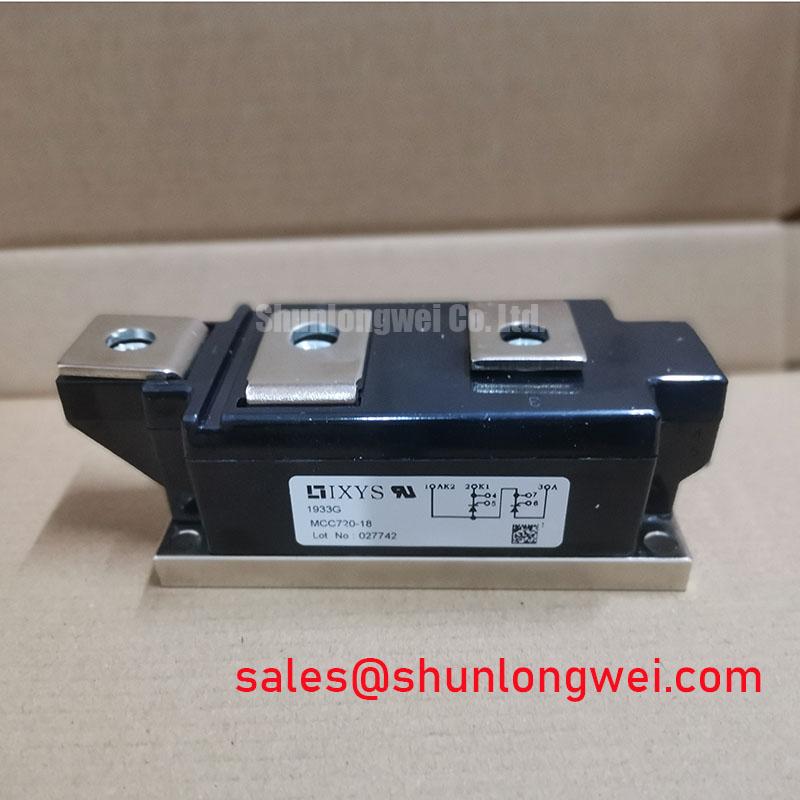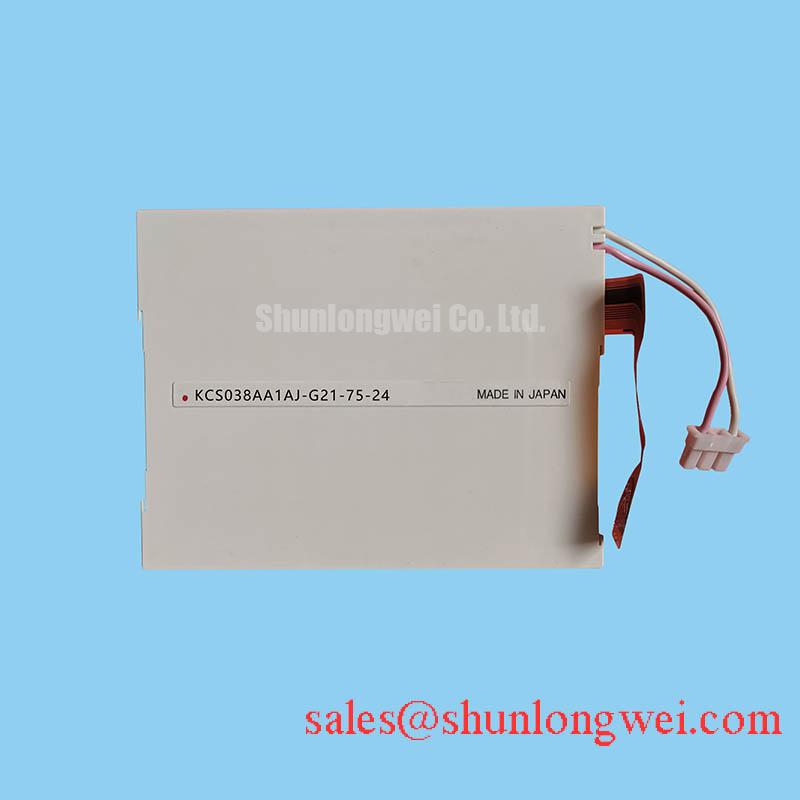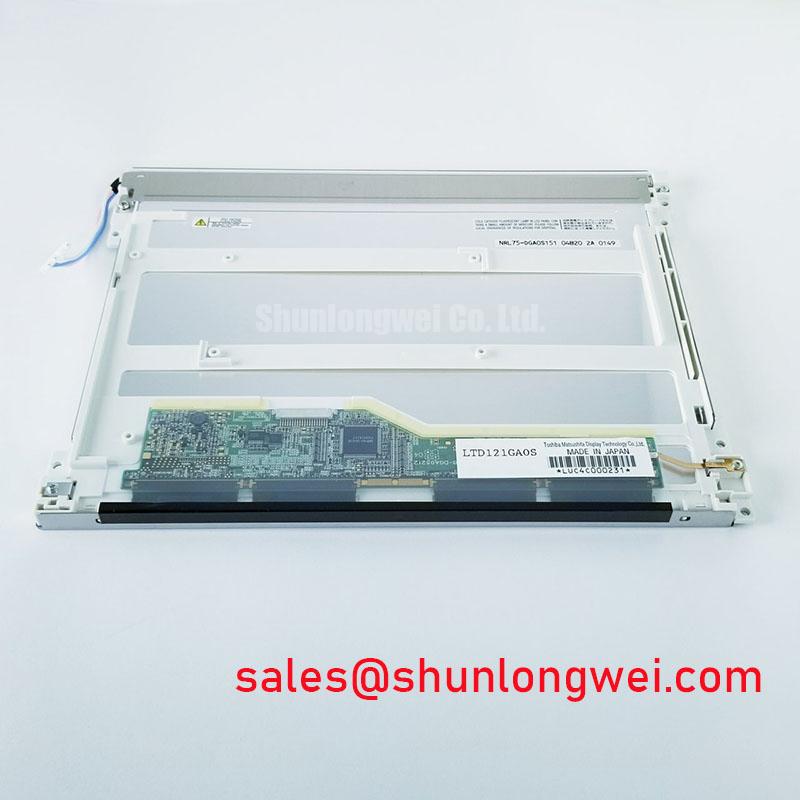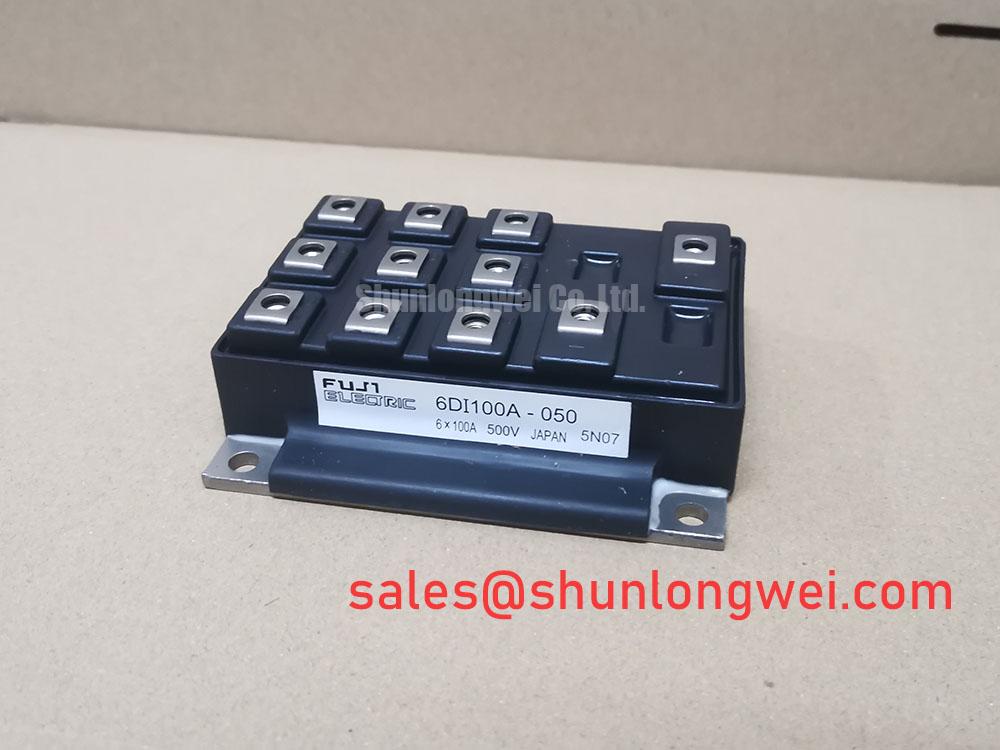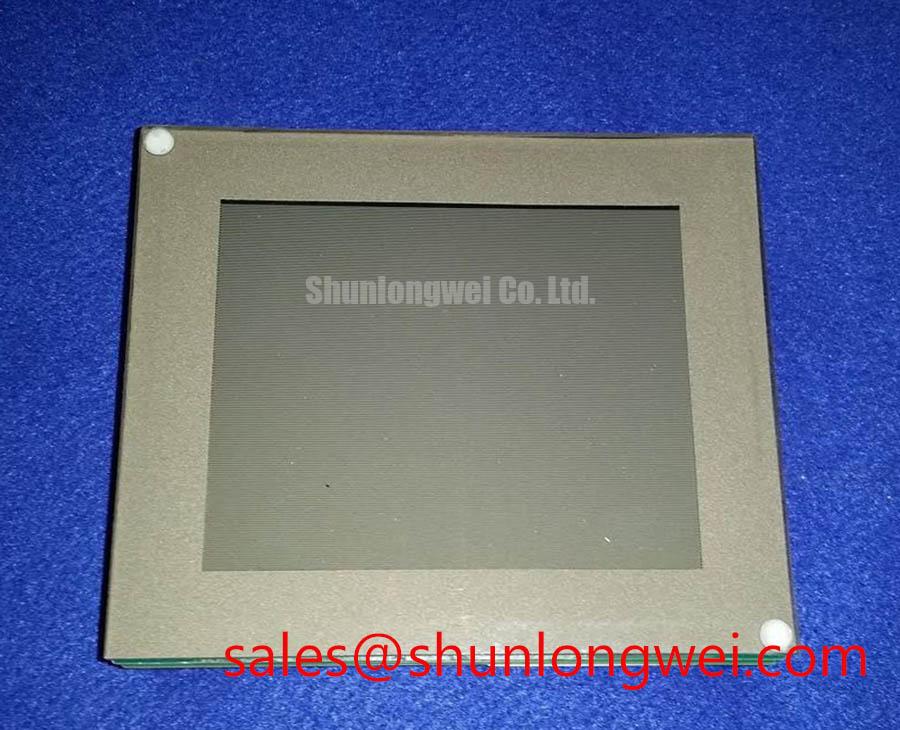Sharp LQ065T5DG01: A 6.5-Inch Display Engineered for Environmental Extremes
Content last revised on October 7, 2025.
Introduction to the LQ065T5DG01
Engineered for unwavering performance in harsh environments, the Sharp LQ065T5DG01 delivers consistent readability and operational resilience across extreme temperatures and high-vibration conditions. This 6.5-inch a-Si TFT-LCD panel features key specifications of 480x234 Resolution | 500 cd/m² Brightness | -30°C to 85°C Operating Temperature. Its primary engineering benefits are exceptional durability and clear visibility in high ambient light. For systems requiring robust display performance in mobile or outdoor applications, the LQ065T5DG01 provides a proven and reliable solution. With its wide thermal range, this display is an optimal choice for unconditioned environments where other panels would fail.
Application Scenarios & Value
System-Level Benefits in Demanding Operational Environments
The LQ065T5DG01 is purpose-built for applications where environmental stability is non-negotiable. Its most significant feature, an exceptionally wide operating temperature range of -30°C to 85°C, directly addresses the critical engineering challenge of designing systems for outdoor or vehicle-based use. Consider an agricultural vehicle's control terminal or a marine chartplotter exposed to direct sunlight and freezing temperatures; the LQ065T5DG01 can operate flawlessly without requiring costly and complex heating or cooling subsystems. This simplifies the overall system design, reduces the bill of materials (BOM), and inherently increases the mean time between failures (MTBF) by eliminating potential points of failure associated with thermal management hardware.
Furthermore, its 500-nit brightness ensures the display remains legible in daylight, a crucial factor for operator safety and efficiency in industrial HMI and mobile data terminals. Combined with a specified vibration resistance of 3.0G (29.4 m/s²), this panel is engineered to withstand the constant mechanical stresses found in transportation and heavy machinery, ensuring a long and reliable service life. For applications demanding similar robustness in a slightly smaller form factor, the AA057QD01 presents a viable alternative to evaluate.
Key Parameter Overview
Decoding the Specs for Environmental Resilience
The technical specifications of the LQ065T5DG01 underscore its suitability for industrial, automotive, and marine applications. The parameters are selected to ensure reliable performance under adverse conditions.
.param-table { width: 100%; border-collapse: collapse; }
.param-table th, .param-table td { border: 1px solid #dddddd; text-align: left; padding: 8px; }
.param-table th { background-color: #f2f2f2; }
.highlight { font-weight: bold; background-color: #e8f4fd; }
| Parameter | Specification |
|---|---|
| Panel Size | 6.5 inch |
| Resolution | 480(RGB)×234 |
| Brightness | 500 cd/m² (Typ.) |
| Viewing Angle (L/R/U/D) | 60/60/40/60 (Typ.) |
| Operating Temperature | -30 ~ 85 °C |
| Storage Temperature | -40 ~ 85 °C |
| Signal Interface | Parallel RGB (1 ch, 6-bit) |
| Backlight | CCFL |
| Vibration Resistance | 3.0G (29.4 m/s²) |
| Outline Dimensions (W×H×D) | 157.6 × 90.8 × 11.0 mm |
Download the LQ065T5DG01 datasheet for detailed specifications and performance curves.
Frequently Asked Questions (FAQ)
How does the -30°C to 85°C operating temperature range impact system design for outdoor HMI applications?
This wide thermal tolerance is a critical design enabler. It means engineers can often forego external heating elements for cold-start conditions and sophisticated cooling fans for high-temperature operation. This is like having a car that starts reliably in the arctic and doesn't overheat in the desert without needing a special radiator—it simplifies the design, lowers power consumption, and eliminates multiple potential failure points, leading to a more robust final product.
What is the practical benefit of the 3.0G vibration rating?
The 3.0G rating ensures the display's internal components and connections can withstand significant and sustained mechanical shock without failure. It's essential for any non-stationary application, such as in-cab displays for construction equipment, forklifts, or public transportation information systems. This level of resilience prevents screen flickering, connection loss, and physical damage that would quickly disable a standard consumer-grade display.
Is the 480x234 resolution sufficient for modern industrial interfaces?
While not a high-pixel-density display by today's consumer standards, the 480x234 resolution on a 6.5-inch screen is highly effective for its intended purpose. It is ideal for displaying critical operational data, status indicators, simple graphical menus, and safety warnings with excellent clarity. The lower resolution simplifies the requirements for the graphics driver and processor, aligning with the design ethos of robust, reliable, and cost-effective industrial control systems.
What are the integration considerations for a CCFL backlight?
The LQ065T5DG01 uses a Cold Cathode Fluorescent Lamp (CCFL) for its backlight, which requires an external inverter to supply the necessary high voltage. While modern designs often favor LED backlights, CCFL technology is mature and known for its stable performance across wide temperature ranges. System designers must allocate space and power for the CCFL inverter, which is a standard and well-understood requirement for this class of industrial display.
Technical Deep Dive
A Closer Look at the Engineering for Reliability
The resilience of the Sharp LQ065T5DG01 is not an accident but a result of deliberate design choices aimed at maximizing operational lifespan in challenging fields. The panel's ability to withstand a 3.0G vibration level is a key differentiator. Internally, this is achieved through robust mounting of the a-Si TFT glass, secure connections for the flexible printed circuits (FPCs), and a sturdy mechanical frame. Think of it as the suspension system on an off-road vehicle; while a standard car's suspension is designed for smooth pavement, an off-road system is built with reinforced components to absorb constant, high-energy impacts. Similarly, this display is structurally fortified to dissipate mechanical energy and prevent the micro-fractures and connection failures that plague less durable screens in applications like heavy machinery or marine equipment.
Strategic Fit for Long-Lifecycle Systems
The LQ065T5DG01 represents a strategic choice for engineers designing long-lifecycle industrial and automotive systems. Its use of established technologies like the Parallel RGB interface and CCFL backlight ensures a stable supply chain and predictable performance characteristics, minimizing the risk of redesigns due to component obsolescence. By focusing on fundamental durability and environmental resilience over cutting-edge display metrics, this panel provides a reliable foundation for systems that are expected to perform for a decade or more in the field. This engineering-first approach aligns perfectly with industries where reliability and total cost of ownership are the primary decision drivers. For further insights into designing robust HMI systems, exploring the principles of industrial display manufacturing can provide valuable context.

